A little RGB in your RPG.
Back in 2016, EA announced the EA Originals program, a development support structure that would allow small teams to create a variety of engaging experiences and allow those studios to reap the rewards for their success. While It Take’s Two might be the most successful title of this financial venture, earning it the VGA’s Game of the Year in 2021, the titles that have recently been making the rounds are far bigger in scale and certainly in budget.
Earlier this year was Wild Hearts, a game in the style of Monster Hunter by Omega Force and Koei Tecmo. Its size and scale were leagues ahead of previous EA Original titles, allowing this whole program to be a bit more than giving life to what were essentially indie-like experiences. And now, we have Immortals of Aveum, a first-person magic shooter in an expansive and rich world caught up in a neverending war. It’s also the first title built by Ascendant Studios, a game that if executed well could put them on the map.
Founded by Bret Robbins, former Electronic Arts and Sledgehammer Games Creative Director, known for producing Call of Duty: Advanced Warfare, Modern Warfare 3, and WWII, sought out to create a whole new experience, one that felt unique to what he had worked on previously. This led him to recruit a few former Telltale Games staffers, including Art Directors Dave Bogan and Julia Lichtblau, alongside lead writer Michael Kirkbride. What started out as a small 50-person studio suddenly grew to over one hundred strong in less than a year.
The support and funding from EA would prove pivotal to its success and allow the studio to create a game without compromise. While Immortals of Aveum certainly can stumble, and it does, it’s a remarkably well-told and executed adventure that I rather enjoyed. Its cast can often feel over-written at times with dialogue that can go anywhere from fine to cringe, but the bulk of what is here completely sold me on this world and where it could go next. While its early hours can feel bland and unoriginal, its story and characters evolve to a place where I was decently invested, wanting to see this adventure through and what would remain once the dust had settled.
This adventure takes place in the magical world of Aveum, a land flush with magic. This magic allows its denizens to live their lives as well as provide life to its cities and beyond. However; for as much as it can lend itself to aiding its people, this magic has a militaristic use that has caused an uprising, fueling an Everwar to spark out between the nations of Lucium and Rasham. You’ll grow to understand the conflict from both sides, allowing the story to be a lot more interesting than its premise initially hints at.
At the heart of the story are the Order of the Immortals, a military order of elite Magni that champions the protection of their Kingdom, Lucium. This order is one you’ll be recruited to as Jak, a man who comes to witness the raw power of the Rasham Empire firsthand. In the game’s early hours, Jak’s latent magic power explodes, showing a rare power and gift that nearly destroys everything and everyone around him.
This war has also taken its toll on Aveum itself, as the world is plagued by a sickness that is everpresent and damning to all life. Part of this sickness is a sludge-like material that not only acts as a sign of how magic has torn this world apart but it also acts as a means to halt your progress in key areas until you have the needed tools or spells to push past it. While I wouldn’t call Immortals of Aveum a Metroidvania, some of its off-the-beaten-path moments of exploration do require you to return to previously unexplored areas to track down additional secrets, better armor, trials, and some of the game’s more challenging encounters.
The world of Aveum is wealthy in its variety as well as home to currents of rippling energy that flood the skies. This is the physical representation of the magic that flows throughout Aveum. You’ll come to use those currents of magic to traverse areas, complete with a dodging/swinging system that I felt was largely unneeded as I think during the entire campaign I had to swing out of the way of maybe five or six obstacles at most. Still, the world of Aveum features your typical biomes that are connected through this energy. From forests to winter wonderlands to underground caves filled with lava, it checks all those boxes for locations typical of a fantasy adventure as well as providing a few unique locations that certainly impress in their originality and scale.
Some of my favorite moments of the campaign were missions that took place in skirmishes between the Lucium and Rasham forces. These encounters show the scale and intensity of the war, allowing you to cut loose with your range of powers as you see this war firsthand. Each human foe you encounter can use one of three types of magic. Red is pure chaos, meant for up close and personal attacks. Blue is force magic, meant to be precise and defensive, whereas Green lends itself to life, allowing for some healing as well as its ranged capabilities.
The main protagonist, Jak, however; can wield all three. While this is a predictable and often tired trope of a chosen one who is plucked from obscurity and trained by someone pivotal to the story, he eventually comes into his own and breaks past some of those tired cliches. Jak himself is a smartass, constantly making jokes and while I wasn’t initially too fond of the character, the writing, and even the actor in the game’s opening few hours, his growth and evolution into what he was meant to be did make for a compelling experience in the end.
A lot of what made that compelling comes down to two basic things; the game’s visuals in regards to some pretty impressive facial capture that can at times be a bit inconsistent, and his supporting cast who, like Jak, took a while for me to really warm up to. Like most typical AAA games, a good deal of its cast are celebrities, lending their voices and faces to embody the characters you’ll encounter. While I wasn’t too fond of Jak to start, actor Darren Barnet does a decent job of bringing the character to life. Gina Torres of Firefly/Serenity fame is here as Kirkan, the leader of the Immortals who discovers and trains Jak in the ways of controlling his magic. Torres works well here and gives the character a duality of being a hard-edged and yet compassionate character.
Then you have Lily Cowles as Zendara, a giant of a woman who is very skeptical of Jak, unsure of his ability and wary of his skill. Antonio Askeel was a standout for me as the wise-cracking Devyn, a powerful Immortal who is placed in charge of protecting their home from outside threats. Then you also have Yvonne Senat Jones as Luna, a friend of Jak’s who eventually inspires him to follow his path of learning magic, a character that is part of some of the issues I have with how predictable the story ends up going. Without diving into specifics, her role here is honestly the only part of the story I groaned at, given her use as a predictable plot device.
Steven Brand plays the role of Sandrakk, the central villain present here and leader of the Rasham forces. What I enjoyed about his performance is that he plays the character in such a way that you are unsure about his intentions and whether or not the things you have been told about him are true. He’s a layered character that is fascinating but ultimately falls into the trap of losing most of that depth in favor of pushing the story forward. Nick Boraine plays Thaddeus, an elder Immortal who takes a liking to Jak as well as provides some less biased information and lore about the Immortals and their cause. While Boraine is fine in the role, I couldn’t help but think of Timothy Olyphant the whole damn time.
While there are several other supporting characters, one that I felt was entirely wasted was Bayonetta 3’s Anna Brisbin as Kenzie. While I won’t get into who she is, her bubbly spirit and charm were used sparingly here, especially as you feel that she was meant to be part of something bigger when you last met with her. It’s a shame since she was easily my favorite character of the story and one I hope returns for a potential sequel.
Immortals of Aveum is a first-person magic shooter where you trade bullets and guns for magic spells and abilities. As Jak, you’ll equip a “Sigil” for each color of magic you command. Each Sigil you collect has its own rarity and stats and can be upgraded as well, boosting its capability. You’ll often find them in chests if you explore hard enough, as well as during boss encounters and also being able to craft them, should you have the currency to do so. These technically act as the guns in this situation, peppering off shots, blasts, and attacks much in the same way you’d find in any typical shooter.
Jak will gain a Sigil for each magical color within the game’s opening moments. You’ll also eventually gain other abilities, such as Torrent, which has you launching Green Magic projectiles, to others like Shatter, a Blue Magic spell that travels rapidly towards targets and explodes in a burst of blue spikes, damaging all enemies in the area. These skills can prove useful in dealing with threats that are shielded up or overpowering you in numbers. Blastwave, my favorite of these spells, sends a shockwave of Red Magic all around you, used to deal with those very hordes of enemy forces.
Additional abilities that Jak will use frequently are Blink, a quick dodge teleport, a double jump as well as the ability to hover, as well as a shield that can block incoming attacks. While the shield slows down your movements, it can often mean the difference between life and death. Other abilities also see you using Green Magic to control objects and move them around, from large vines to statues of the past, as seen below. These act as progression blockers and are pretty simple puzzles to figure out.
You’ll also benefit from various tools such as a lash that can pull enemies towards you or act as a way to swing across gaps. You’ll also equip a lens that can break enemy shields, as well as a Limpet vial that can disperse time-altering effects, such as slowing down objects. The lash is honestly the best of these tools and something I used constantly. From pulling an enemy forward to using my chaos magic to shotgun blast into them or propelling me across gaps, it was something I relied on greatly across the whole game. Adding to tools are rings that are stat-driven to see a boost to your armor, shield, and various regen systems.
Your tools also play a part in solving the various puzzles you’ll encounter. While your Sigil skills are the most used as you shoot at colored targets to open doors, you’ll also encounter areas where you’ll need to use your Limpet vial to slow down time or your Lens to divert lasers into eyeballs that often are used to open doors. While the laser puzzle initially felt difficult to get the right angle, I eventually noticed that each solution was met by standing on a very noticeable platform. Given the first-person nature of your view, it always wasn’t visible when you were attempting to find the right place to stand.
When you start to combine these powers, abilities, and tools, you suddenly get a solid idea of what Ascendant Studios was trying to pull off here. From blasting away enemies, pulling up your shield to block incoming fire, and then firing off your abilities as you clean house with your attackers, Immortals is a damn fun time when you are using your whole kit. Lashing out at foes and pulling them off ledges is fun, as is attacking from the air while you hover down to the chaos below. Every system put in place for even exploration can feel like a useful tool in your kit to affect your combat nature. It all feels solid, especially as it pulls from a lot of what makes a good shooter a good shooter.
Each magical power’s attacks feel like you are wielding a rifle, from Blue Magic feeling like an assault rifle, Red Magic taking the form of a shotgun, to Green Magic acting like a light machine gun. Each Sigil you find will have either one of three types of what are called Strikes, effectively granting you nine different weapons. For example, Blue Magic features Shrikebolt, which is good for long-range, whereas Arclight is great at range as well but has severe recoil that you’ll need to master. Green Magic brings forth Stormshards which launches a wealthy series of homing projectiles whereas Seeker Stormshards does so but its expelled amount of projectiles are far more limited.
As you level up, you’ll earn Ascension Points. These are used to boost particular skills within each of the three different magic types. You can also spend these points to increase the effectiveness of your tools as well, making them work harder for you. From boosting your critical hit damage to the overall power of your attacks, these skill talents go a long way to making you far more efficient in your attack capabilities and skills. What is great about how this system works is that every core system is represented here on the board. From your Blink teleport to even your Limpet Vials, even the most basic mechanics are present here to contribute to making your time in Immortals of Aveum feel worthwhile. While the board consists of around 80 talents to purchase, I ended up with 26 talent points, making it clear that I wasn’t going to come close to exploring all my options without completing a great deal of the post-game wrap-up. This allows for builds to really come into play as you are not simply buying everything and then not feeling like your Jak is any different from someone else’s.
Most of the opposing forces are split into each of the three colors. They often act in the same way that you can by producing shields around themselves to healing their allies. Red Magic foes produce a shield around themselves that must be broken down to allow damage. Each color is meant to be taken down by its respective color, meaning that Blue Magic foes should be dealt with by using Blue Magic and so on. However, after breaking those shields and leaving your opponent vulnerable, you can often use your most powerful magic skills to get the job done. I often would lash my foes towards me and fire off a blast to the face with Red Magic, often using Blastwave as well when I was swarmed. However, by not breaking their defenses first, my attacks would often do next to nothing, regardless of how powerful my Sigil’s were.
Immortals of Aveum is a very good-looking game that takes decent advantage of Unreal Engine 5 but also illustrates how inexperienced the studio is with this new tech. More often than not, Immortals looks incredible, and even more so with the latest patch to hit the console. Facial capture is almost always great with some truly impressive character models that benefit from that capture. While locations are often stunning in their design, the game can often feel a tad low resolution, especially up close. While this is likely to maintain a solid framerate, it’s not a great showing for Unreal Engine 5 on console. Granted, this is my time pre-patch, so your mileage will vary. PC has significantly better visuals but requires a very hefty rig to pull it off.
Going into Immortals of Aveum, I was expecting a pretty average experience that would benefit from the fact it was using Unreal Engine 5. While I don’t feel that the title is going to be on any end-of-the-year lists, I was nonetheless impressed by what Ascendant Studios had pulled off. Sure, its opening few hours didn’t do much to hook me, but the continued adventure to its credits certainly stuck with me. Its combat may be a tad too flashy, but the variety and scope of what its battles allow certainly did impress, especially with its fun transversal tools that can be injected into your combat rhythm. Immortals of Aveum does stumble in much of what it attempts to do, but at its peak, it’s downright magical.
Developer - Ascendant Studios. Publisher - EA / EA Originals. Released - August 22nd 2023. Available On - Xbox Series X/S, PS5, Windows. Rated - (M) - Blood, Strong Language, Violence. Platform Reviewed - Xbox Series X. Review Access - A review code was provided by the PR/publisher for the purpose of this review.


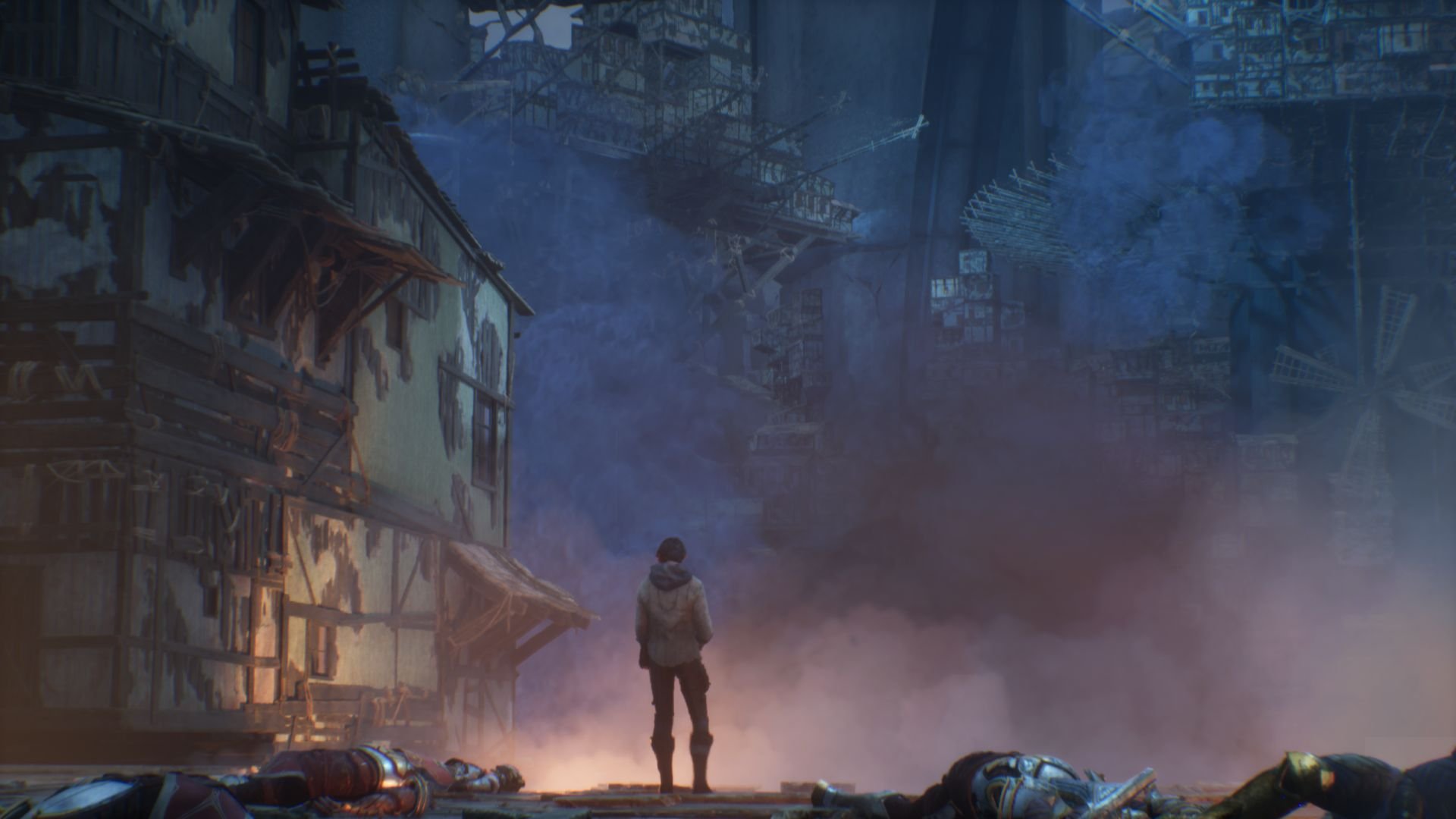


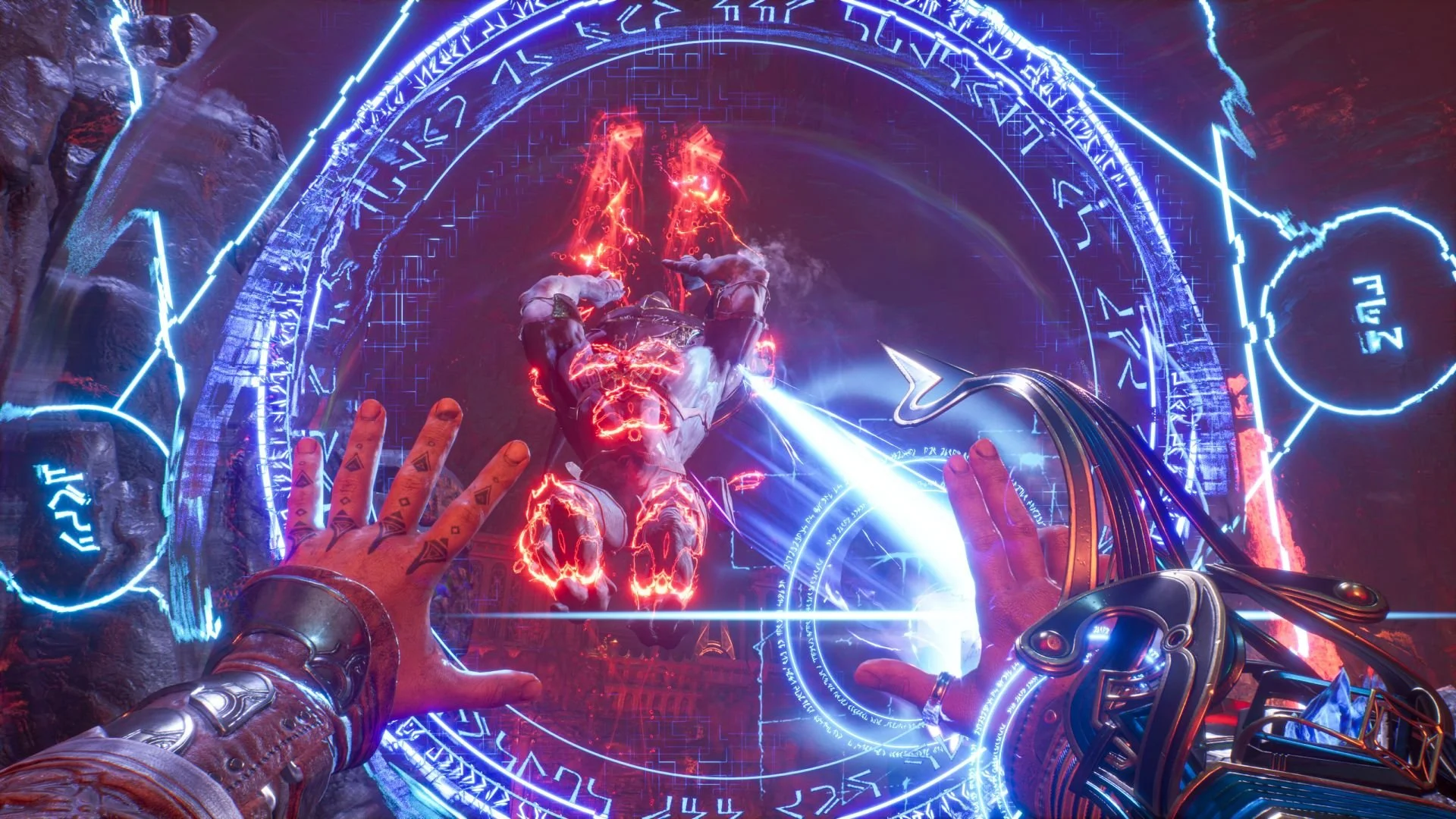
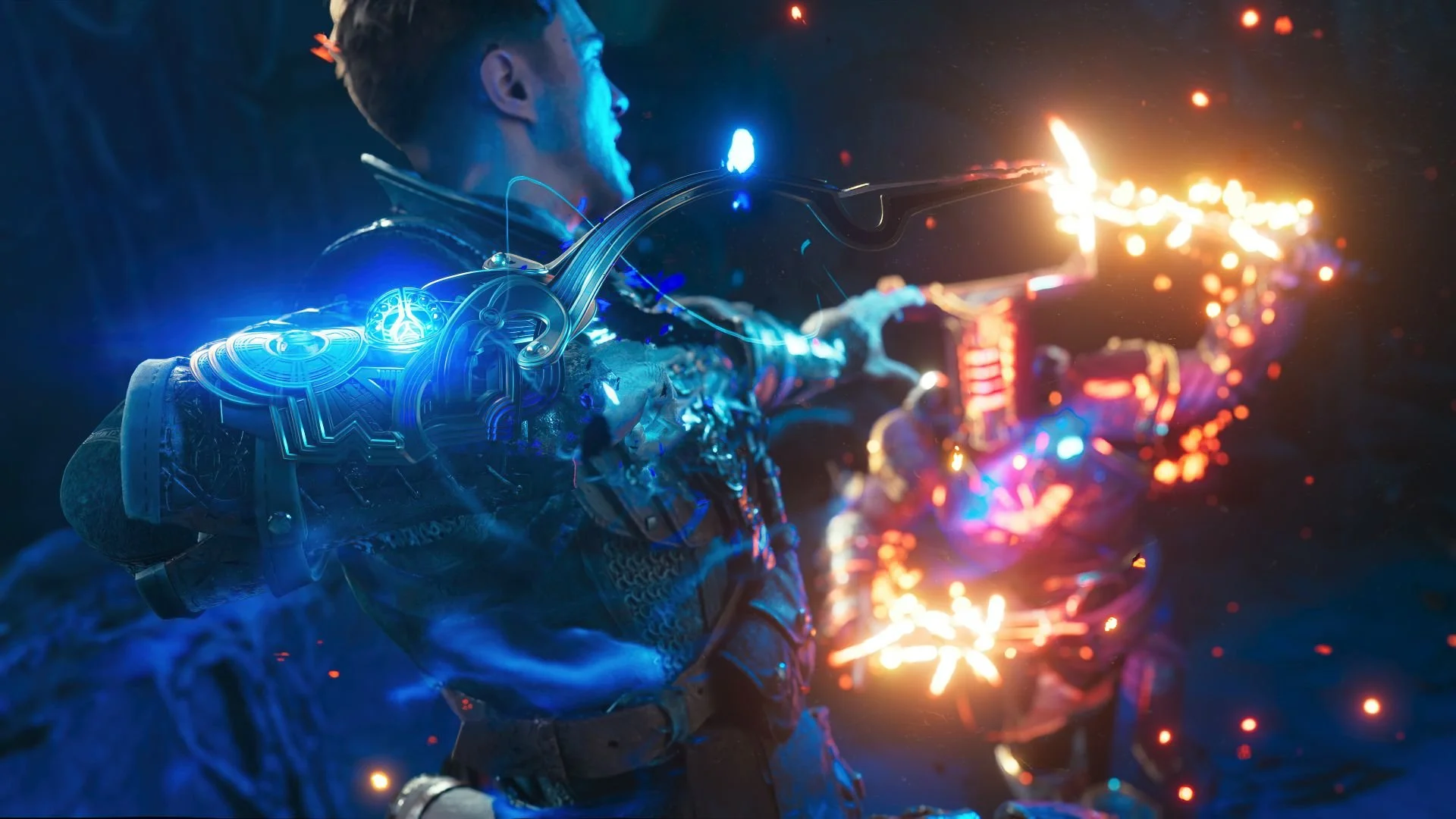
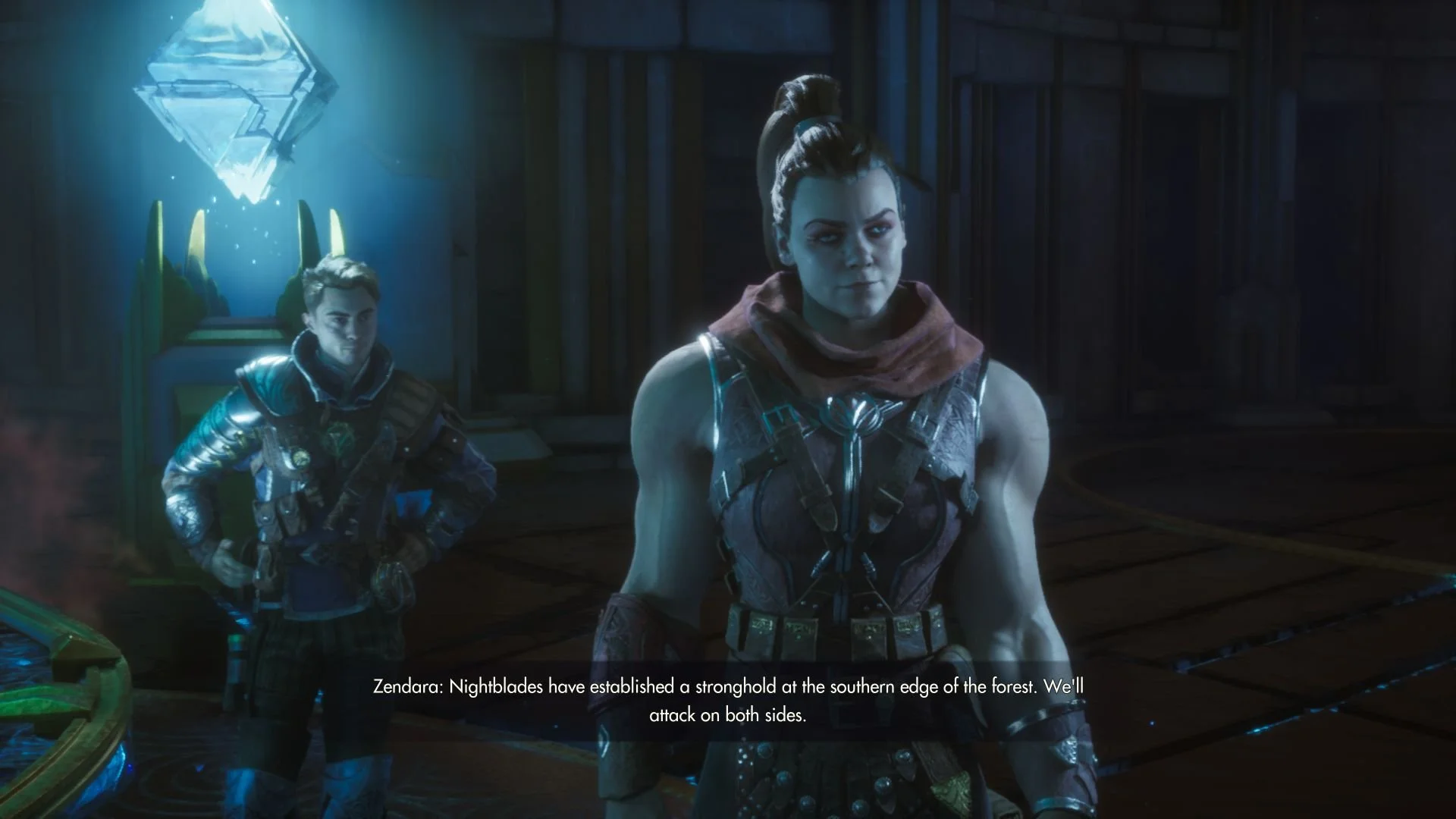


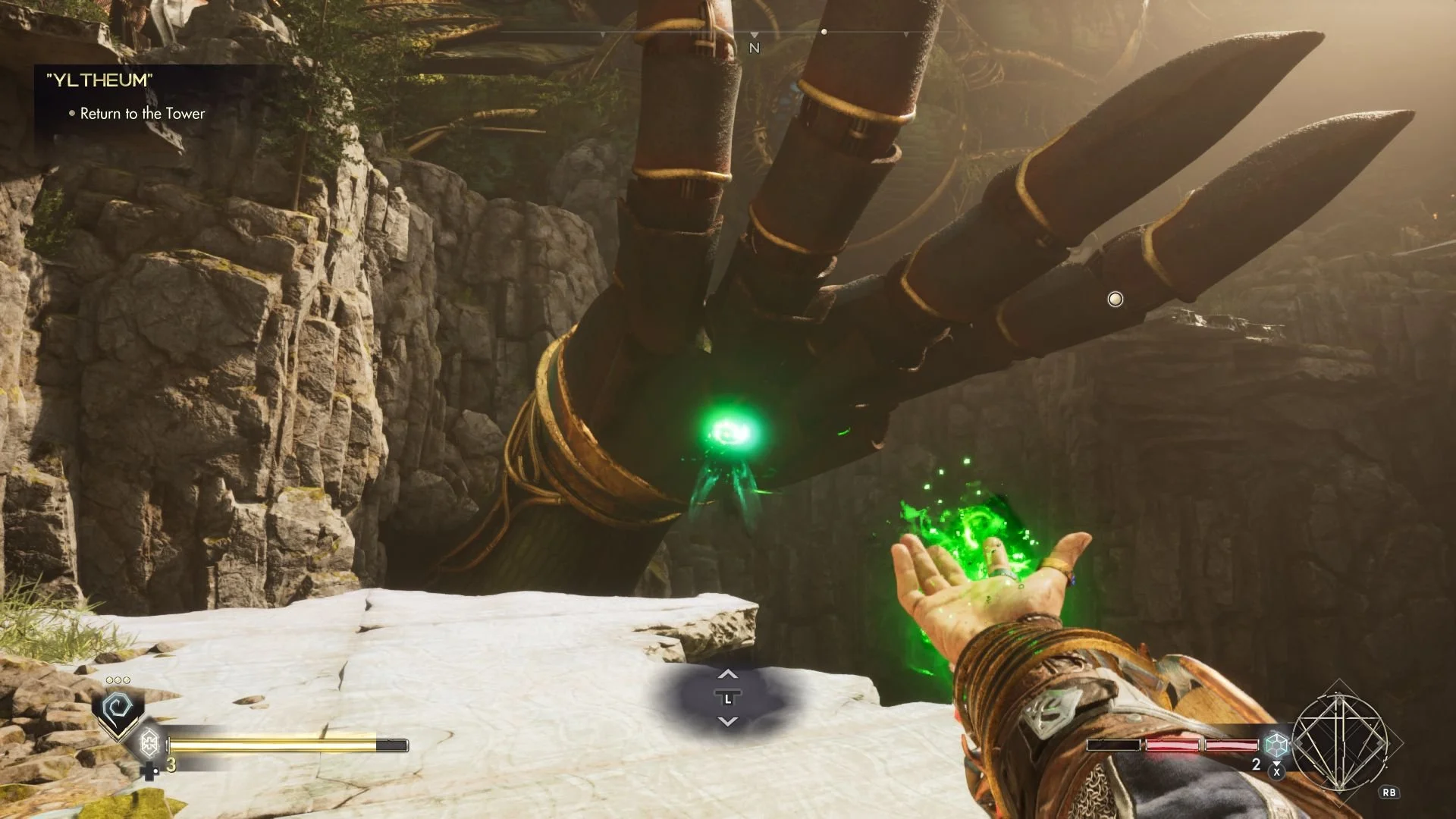
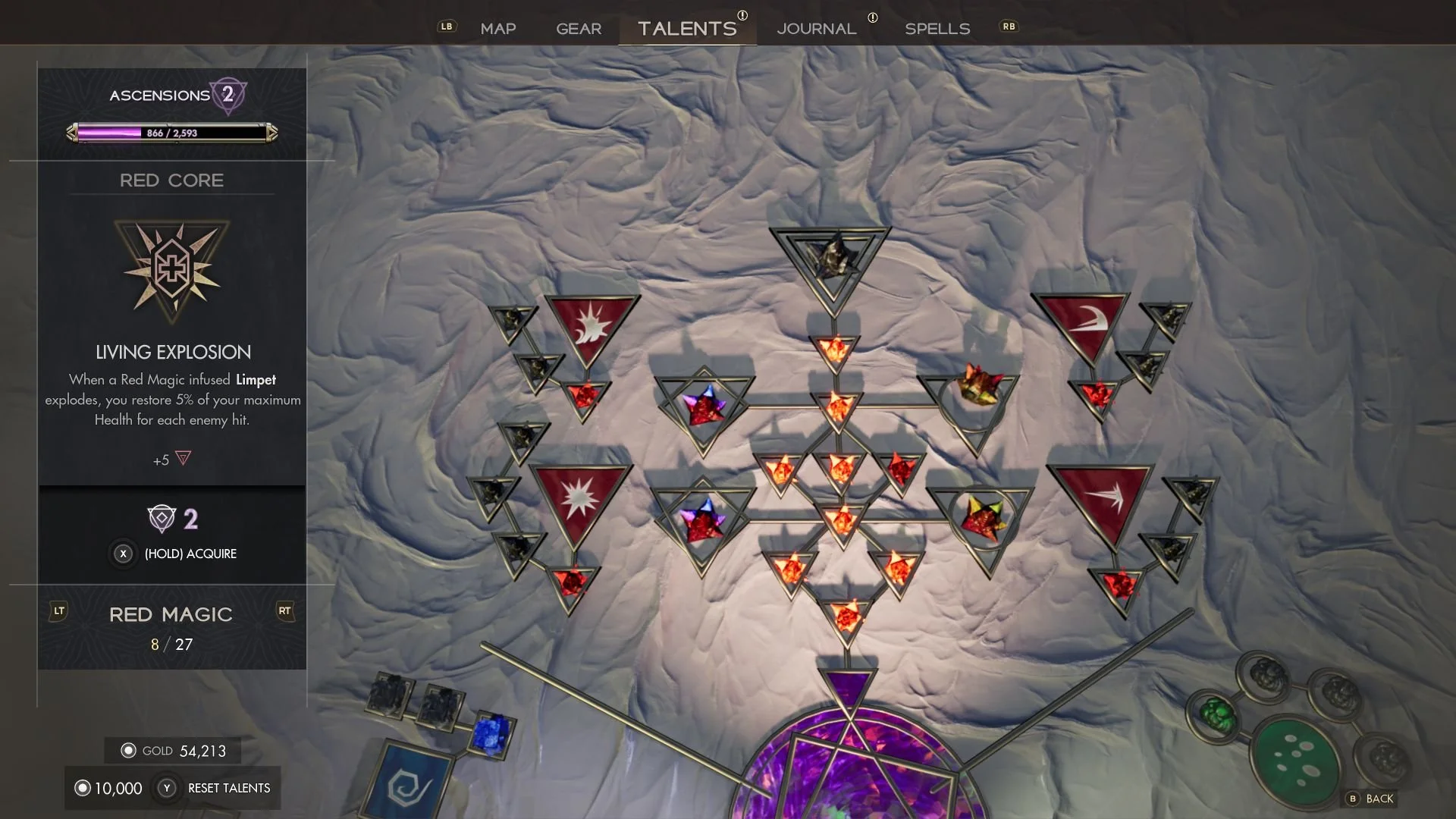

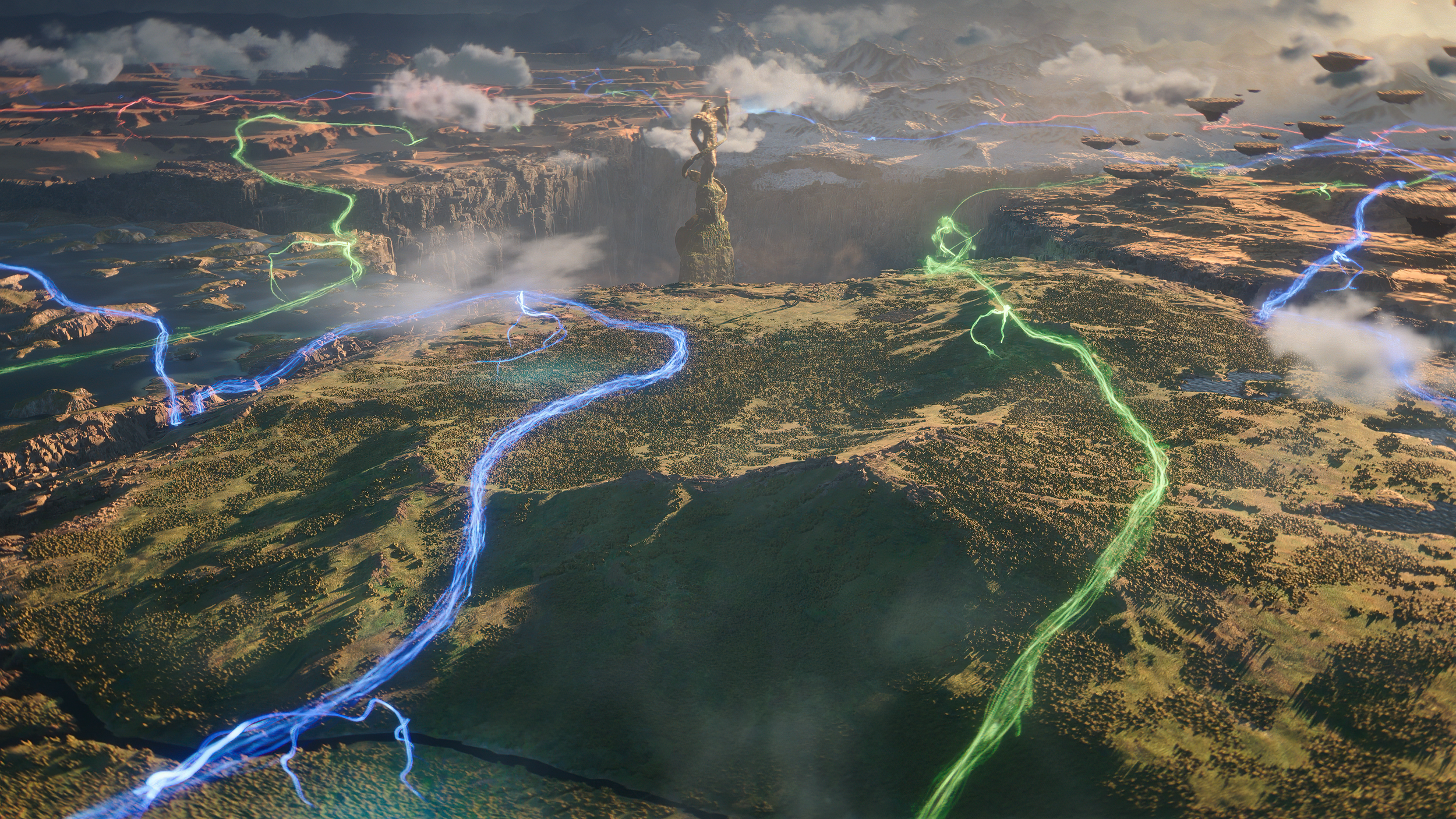







Jeff is the original founder of Analog Stick Gaming. His favorite games include The Witcher III, the Mass Effect Trilogy, Hi-Fi Rush, Stellar Blade, Hellbade: Senua’s Sacrifice, and the Legend of Heroes series, especially Trails of Cold Steel III & IV.